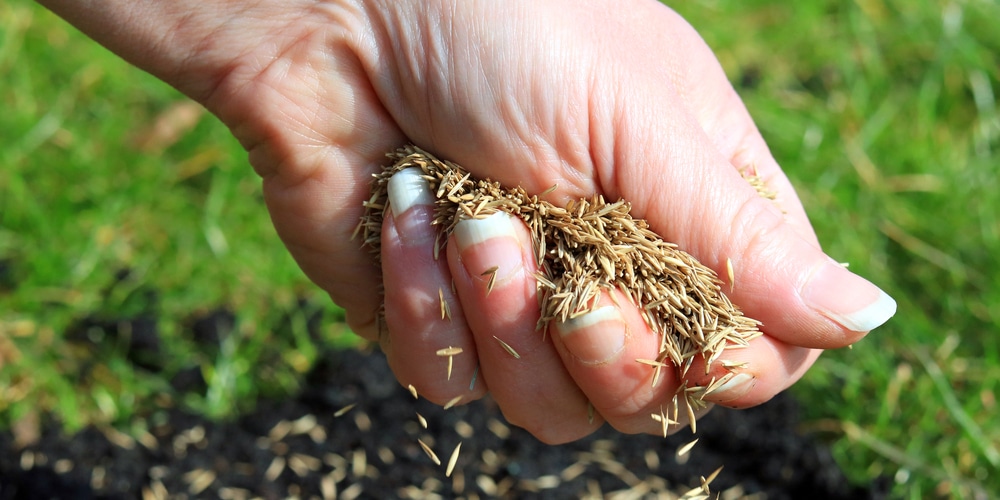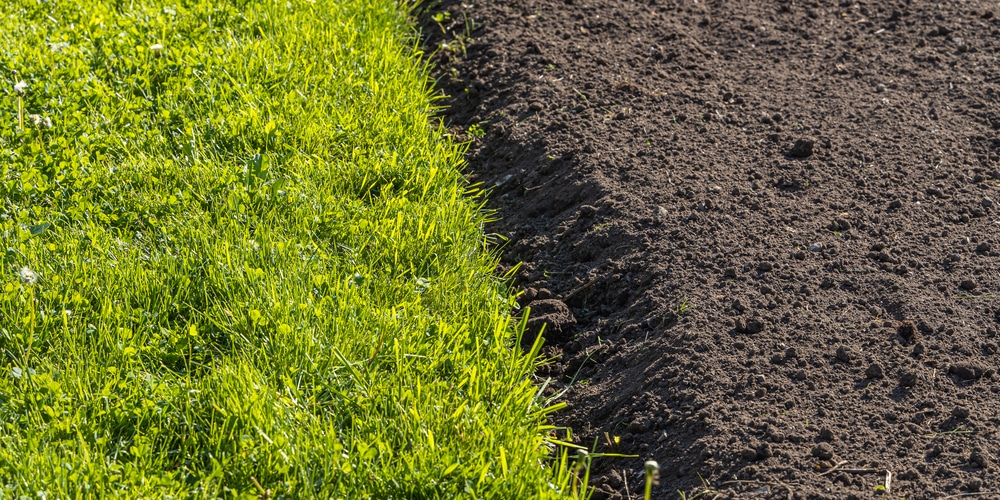Overview of Grass Seed Trials
Grass seed trials are the cornerstone of developing new turfgrass varieties with improved traits, from disease resistance to drought tolerance.
Purpose of Seed Trials
- Assess Varietal Performance: You discover the strengths and weaknesses of new grass seed varieties through rigorous testing.
- Innovation and Improvement: Trials steer the evolution of turfgrass by identifying better attributes that meet specific landscaping needs.
Key Principles in Seed Testing
- Uniformity: Trials provide a consistent environment to ensure the accuracy of results across all seed varieties.
- Replication: You encounter the same seed tested in multiple plots to verify results and confirm varietal behavior under various conditions.
Grass seed trials, including those by the National Turfgrass Evaluation Program, are instrumental in introducing robust turfgrass varieties to markets across the U.S. and Canada.
By testing in diverse climates and conditions, trials help you determine which cultivars can handle the unique challenges of your local environment.
New Varieties Development
Before new grass seed varieties fill your garden or grace the greens at a golf course, they undergo meticulous development and scrutiny.
Breeding and Genetic Enhancement
Your journey into the world of grass seed development begins with the intricate process of breeding and genetic enhancement. Here, plant breeders take the reins, using their expertise to:
- Identify parent plants with favorable traits
- Employ traditional crossbreeding or advanced genetic modification techniques
This stage crafts the initial blueprint for new, resilient, and high-performing grass seed varieties. In fact, selections made here set the stage for traits such as drought tolerance, disease resistance, and aesthetic appeal.
Selection and Evaluation Process
Once the seeds are sown, the selection and evaluation process entails rigorous, data-driven analysis. This subsection outlines the steps taken:
- Laboratory trials assess the genetic consistency and initial quality of the new seed varieties.
- Field trials, conducted by entities like the National Turfgrass Evaluation Program, test the seeds in various climates and soil types.
- Agronomists and researchers perform a comprehensive assessment, measuring factors like growth rate, color, and hardiness.
- Final considerations involve the seed’s performance in its intended application, be it a sports field or home lawns.
Trial Design and Methodology
When embarking on grass seed trials, precision in trial design and robust data collection are paramount. Your methodology dictates the quality of the insights you’ll glean from your trial.
Site Selection
- Geography: Choose a location that best represents the climate and soil conditions where the new grass variety is intended to grow.
- Consistency: Ensure that the site has uniform soil texture and nutrient levels to reduce variability in your results.
Experimental Design
- Replication: Implement repeated trials with each grass variety to identify consistent performance traits across different variables.
- Control: Include a known variety as a control to benchmark new grass varieties against established standards.
Data Collection Techniques
- Quantitative Measurements: Collect numerical data, such as germination rates or blade length, to quantitatively assess variety performance.
- Qualitative Observations: Record visual assessments, like color and vigor, to capture the aesthetic qualities of the grass varieties.
Performance Analysis
Before you dive into selecting a new grass variety for your lawn or project, it is crucial to understand how they perform under scrutiny. Through rigorous testing, the strengths and weaknesses of each variety are laid bare.
Growth Rate Assessment
You’ll want to know how quickly a turfgrass reaches maturity. Here’s what’s measured:
- Time to Germination: The average number of days it takes for the grass seeds to sprout.
- Rate of Establishment: How fast the grass covers the intended area to a specified uniformity.
Disease Resistance Evaluation
A sustainable lawn is one that stays healthy. This involves:
- Pathogen Exposure: Trials expose grass to common diseases to gauge resistance.
- Recovery Ability: After damage, the capacity of the grass to bounce back is tested.
Environmental Impact Studies
The environmental footprint of a grass variety is critical. These studies include:
- The Water Usage efficiency of the grass under various conditions.
- The Carbon Sequestration capabilities to evaluate its environmental benefits.
Trial Results and Implementation
When assessing grass seed trial outcomes, your focus should be on the concrete data and its practical applications. Here’s how to harness the insights for cultivation and market strategy.
Interpreting Trial Data
- Review Statistical Analyses: Look for Mean Germination Rates, Disease Resistance Scores, and Drought Tolerance Ratings.
- Identify Zonal Performance: Examine how varieties perform in different climates as per the National Turfgrass Evaluation Program.
- Analyze Maintenance Requirements: Check for needed watering, fertilizing, and mowing frequencies.
Recommendations for Cultivation
- Select Suitable Varieties: Choose grass seeds best suited to your local environment based on the trial data.
- Adjust Agronomic Practices: Adapt your watering and fertilization strategy to optimize the growth of the chosen variety.
- Disease Management: Implement practices to prevent diseases that trials have shown the variety may be susceptible to.
Market Introduction Strategies
- Targeted Marketing: Promote new varieties to regions where trial data showed top performance.
- Demonstration Plots: Establish plots to show real-world benefits to potential buyers, informed by trial results.
- Communicate with Seed Companies: Provide them with performance data to encourage the distribution of high-yielding varieties.
Frequently Asked Questions
The selection of the right grass seed for your lawn or pasture involves understanding testing procedures and the specific benefits of different grass varieties. Explore these commonly asked questions to assist with your grass seed choices.
What are the testing procedures for new grass seed varieties?
New grass seed varieties undergo rigorous evaluations before they reach your local garden store’s shelves.
Organizations like the National Turfgrass Evaluation Program test these seeds across numerous locations to assess their quality, color, and resistance to various stresses. This data informs you about the best seed for your climate and soil type.
How can you determine the viability of grass seeds before planting?
To gauge the viability of grass seeds before planting, consider:
- The seed’s germination rate, which should be noted on the packaging.
- A seed test date, ensuring it’s within the current selling season for optimal performance.
What are the primary differences between Tifton 44 and Tifton 85 Bermuda grass?
Tifton 44 and Tifton 85 Bermuda grass differ in:
- Cold tolerance, with Tifton 44 being hardier.
- Forage production, where Tifton 85 usually yields more biomass.
What factors should be considered when selecting Bermuda grass seed for equine pastures?
When selecting Bermuda grass seed for equine pastures, you should consider:
- The grass’s durability to withstand horse traffic.
- Resistance to overgrazing and drought conditions.
- Nutritional content suitable for horses.
What are the advantages of using Tifton 44 Bermuda grass for hay production?
Tifton 44 Bermuda grass offers benefits for hay production such as:
-
- A dense growth pattern, providing more bales per acre.
- Good drought and cold resistance, ensuring reliable yields.
How does the growth rate of different grass seeds compare for achieving a quick ground cover?
Grass seed growth rates vary widely, but for swift ground cover, consider:
-
- Perennial ryegrass, renowned for its speedy germination.
- Annual varieties that may establish more quickly, but require reseeding each year.
Last update on 2024-04-29 / Affiliate links / Images from Amazon Product Advertising API





